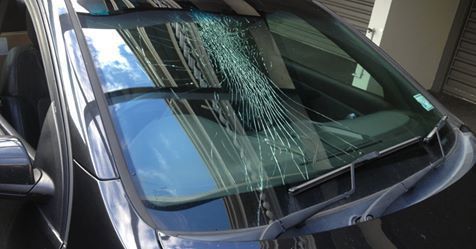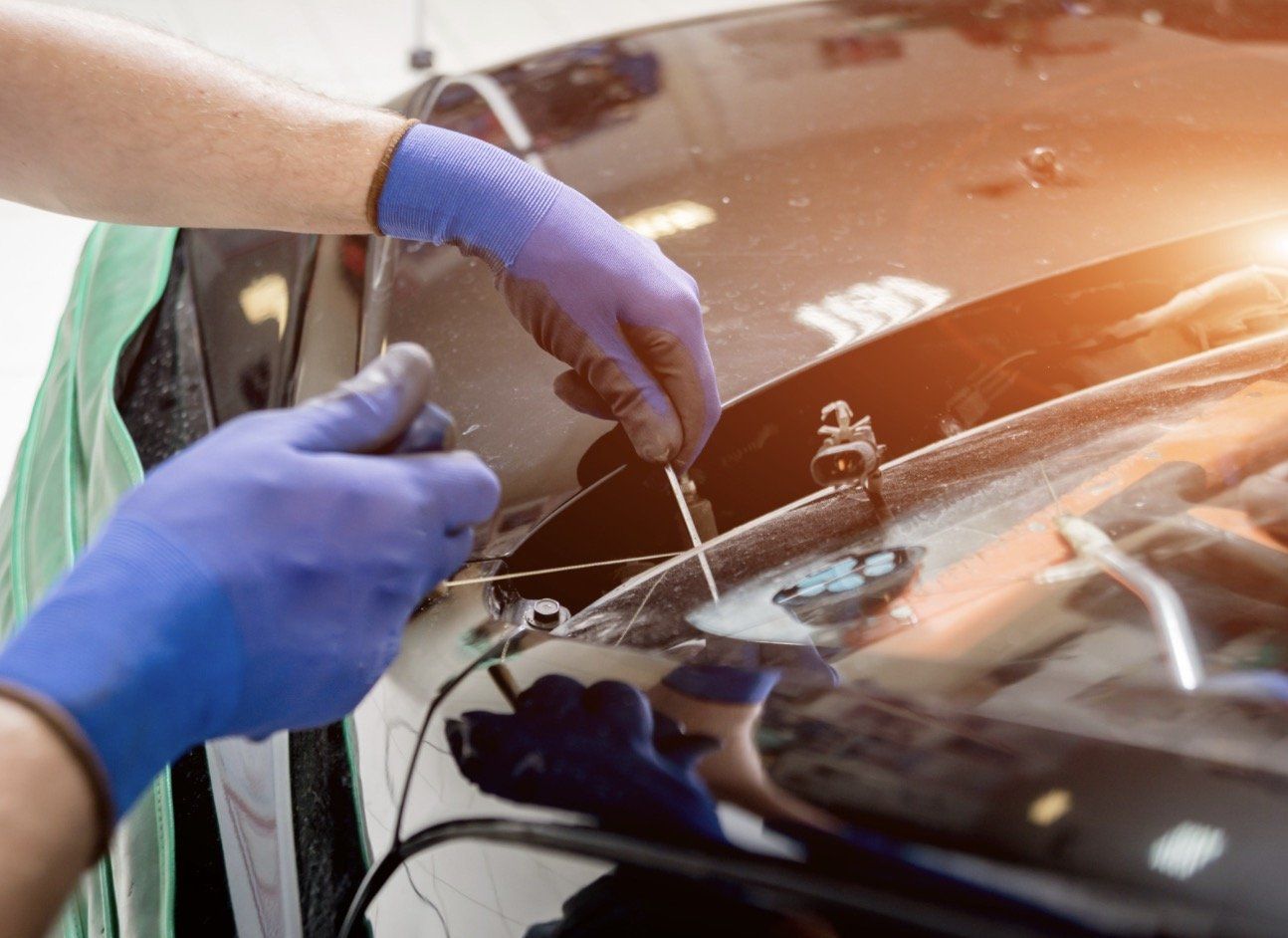The Impact of Temperature Changes on Your Windscreen
One of the less obvious but crucial factors that can affect your windscreen's health is temperature change.

Living in areas with extreme weather conditions can pose a risk to your vehicle, particularly the windscreen. Understanding how temperature impacts your windscreen is essential for long-lasting maintenance and road safety. That's where we, Windscreen Medics, come in to shed some light on this critical topic.
How Temperature Affects Windscreen Material
The science behind temperature changes and material reactions is straightforward: materials expand with heat and contract with cold. Windscreen glass is designed to endure these changes, but they are not completely invincible. Temperature-related strain can accumulate over time, potentially leading to issues that require professional attention.
Common Temperature-Related Issues
1- Cold Weather Cracks
Cold weather isn't just uncomfortable for you; it can also spell trouble for your windscreen. When the temperature drops, the glass contracts. If you already have minor chips or cracks, this contraction can exacerbate the issue. These existing flaws become the starting points for larger cracks that spiderweb across the glass.
Why It's a Problem:
A cracked windscreen compromises your vehicle's structural integrity and can obstruct your field of vision, making driving risky.
How to Avoid It:
Don't Use Hot Water: Pouring hot water on a frozen windscreen can cause a rapid temperature change that may crack the glass.
Use a Windscreen Cover: Before frost sets in, place a cover over your windscreen to protect it from the elements.
Windscreen Washer Fluid: Make sure to use a washer fluid suited for low temperatures.
Windscreen Medics’ Solution:
If cracks do form, it's crucial to address the issue immediately. At Windscreen Medics, we offer prompt, effective repairs and replacements that adhere to industry safety standards.
2- Heat-Induced Distortions
During hot weather, prolonged exposure to direct sunlight can mess with your windscreen. The heat causes the glass to expand and may result in warping or distortions.
Why It's a Problem:
Distorted glass affects your visibility and can make driving hazardous.
How to Avoid It:
Park in the Shade: Where possible, park your car in a shaded area to minimize direct sunlight exposure.
Use a Sunshade: Invest in a good-quality sunshade to reflect sunlight away from the windscreen.
Windscreen Medics' Solution:
If heat-induced distortions occur, our technicians can evaluate the severity and advise on the best course of action, whether that's repair or replacement.
3- The Dual Threat: Fluctuating Temperatures
The constant back-and-forth between hot and cold temperatures creates what's known as "thermal shock," which places immense stress on your windscreen. This cycle of expansion and contraction can weaken the glass over time, making it more susceptible to cracking or breaking.
Why It's a Problem:
The frequent change in temperatures accelerates wear and tear on your windscreen.
How to Avoid It:
Climate Control: Try to maintain a steady interior temperature by not cranking the heat or A/C to the max right away.
Regular Checks: Pay attention to your windscreen’s condition. If you notice small chips, get them fixed before they become bigger issues.
Windscreen Medics’ Solution:
Our comprehensive assessment will pinpoint whether your windscreen can withstand the strain of thermal shock or if a replacement is the safer option. We offer specialized services to address this specific issue effectively.
With these actionable tips and the expertise of Windscreen Medics, you can tackle temperature-related issues head-on, keeping both you and your windscreen safe regardless of the weather.
Conclusion
Temperature changes can have a surprising impact on your windscreen, potentially leading to inconvenient and unsafe situations. Taking precautionary steps and understanding how temperature changes affect your vehicle is key to maintaining your windscreen's longevity and performance. For expert advice and professional service,
Windscreen Medics is always here to help.
Categories
Auto Glass Experts











